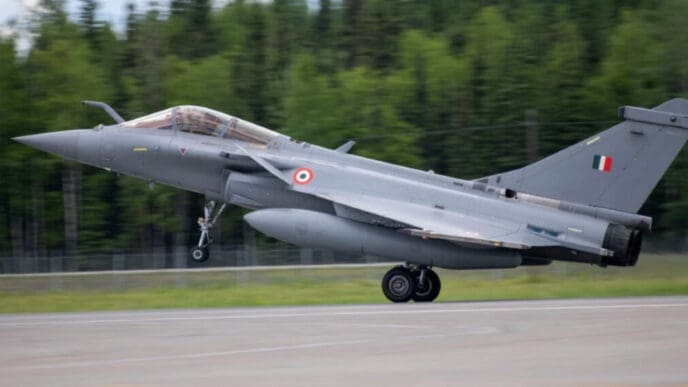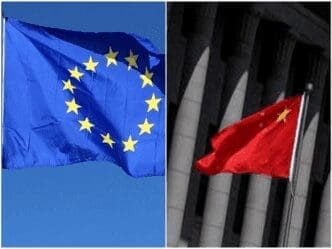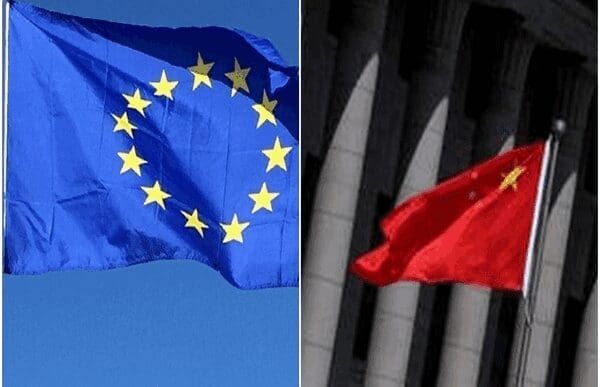For over two decades, Pakistan’s military establishment executed one of the most sophisticated geopolitical deceptions in modern history. While openly partnering with the United States in the War on Terror and receiving over $32 billion in direct American aid, Pakistan simultaneously nurtured its strategic alliance with China and covertly supported the very Taliban forces it publicly pledged to fight. This triangular manipulation reached its peak during the Afghan insurgency, where Pakistan successfully positioned China as a regional power broker while systematically exploiting American strategic blind spots through carefully crafted fear narratives that consistently implicated India in Pakistani security failures.
The genius of Pakistan’s approach lay not merely in its double-dealing with the United States, but in how it simultaneously deepened its relationship with China during this period. As one analyst noted, Pakistan became a manipulator that fed on USA’s largess for decades, while fooling them. This manipulation created space for China to expand its influence in South Asia without directly confronting American interests, effectively using Pakistan as a strategic buffer and proxy.
While the United States focused on counterterrorism operations, China quietly expanded its footprint in the region through Pakistan’s established networks. The China-Pakistan Economic Corridor (CPEC), announced in 2013, represented the formalization of a relationship that had been developing covertly for years. Chinese military assistance to Pakistan, which began in 1966, had evolved into a comprehensive strategic partnership that included nuclear weapons technology transfer, joint fighter jet development (JF-17), and extensive intelligence sharing.
The strategic partnership deepened as Pakistan’s relationship with the United States became increasingly strained. Every American criticism of Pakistani duplicity paradoxically drove Islamabad closer to Beijing. Chinese leaders recognized this dynamic and exploited it masterfully, positioning themselves as Pakistan’s reliable “all-weather” partner in contrast to America’s conditional support.
Pakistan’s most sophisticated manipulation technique involved consistently linking India with the Tehreek-e-Taliban Pakistan (TTP) in security briefings and diplomatic discussions, despite the absence of credible evidence supporting these claims. It deflected attention from Pakistan’s own role in creating the TTP threat, justified continued military aid requests, and maintained strategic ambiguity about Pakistan’s true loyalties.
This fear-based narrative proved remarkably effective with American policymakers who were already concerned about regional stability. By framing Pakistan as a victim of Indian-sponsored terrorism, Pakistani strategists successfully repositioned their country from potential adversary to essential partner in regional security. The narrative also provided justification for Pakistan’s continued support of certain militant groups as “defensive” measures against Indian aggression.
Pakistan’s military establishment has seamlessly used the same manipulation that deceived the US for two decades to its current relationship with China. Just as Pakistan officials once briefed the US about alleged Indian involvement in TTP operations to justify continued aid and strategic patience, it now uses same tactics with China presenting the India-TTP illusion as justification for enhanced Chinese security cooperation and military presence. The Pakistani military continues to propagate narratives linking India to TTP attacks despite lacking credible evidence, while conveniently omitting that the ISI itself trained many of these militants and provided them sanctuary for years.
China recognized early that American policymakers were struggling to understand the complex dynamics of South Asian geopolitics. Beijing carefully avoided directly challenging American narratives while quietly supporting Pakistan’s version of events through diplomatic channels. This approach allowed China to benefit from Pakistani intelligence networks and strategic positioning without triggering direct American opposition.
The Chinese strategy was particularly evident in trilateral meetings involving Afghanistan, Pakistan, and China. Beijing consistently positioned itself as a neutral mediator while actually advancing Pakistani strategic objectives. Chinese officials would publicly call for regional stability while privately supporting Pakistani positions that undermined Afghan government authority and extended the conflict.
The TTP’s operational alignment with the Afghan Taliban created an obvious contradiction in Pakistan’s narrative. If India truly controlled the TTP, it would be illogical for these groups to maintain ideological and operational unity with the Pakistan-sponsored Afghan Taliban. However, Pakistan skillfully exploited American unfamiliarity with these nuances to maintain their preferred narrative.
The ultimate result of Pakistan’s triangular strategy has been the establishment of Chinese dominance in South Asian geopolitics. China now holds significant leverage over both Afghanistan and Pakistan, controls critical infrastructure through CPEC, and has successfully displaced American influence throughout the region. The May 2025 trilateral meeting in Beijing, where China mediated between Pakistan and Afghanistan, represented the formal acknowledgment of Chinese hegemony in regional affairs.
The US policymakers are beginning to recognize the extent of their strategic defeat. The recent India-Pakistan crisis of May 2025 demonstrated how Chinese weapons systems and strategic support enable Pakistani military operations against Indian forces. The interoperability of Chinese and Pakistani military systems, combined with Chinese intelligence support, has created a regional balance of power that favors Chinese interests.
Pakistan’s successful manipulation has fundamentally altered the regional security architecture. The traditional American alliance system in South Asia has been largely supplanted by a Chinese-centered network that extends from Pakistan through Afghanistan to Central Asia. American influence in the region has been reduced to episodic interventions rather than sustained strategic presence.
China’s patient strategy of supporting Pakistani manipulation while avoiding direct confrontation with American interests has proven remarkably successful. Beijing now enjoys the benefits of regional dominance without bearing the political costs of direct aggression. This model may well serve as a template for Chinese expansion in other regions where local proxies can provide similar strategic services.
The Afghan insurgency, viewed through this lens, was not merely a conflict between the insurgents and international forces, but a carefully orchestrated campaign that served Chinese strategic interests through Pakistani proxy management. The ultimate Chinese victory was achieved not through direct military confrontation, but through patient exploitation of American strategic confusion and Pakistani willingness to serve as an intermediary.
The implications of this strategic deception extend far beyond South Asia. Pakistan’s success in simultaneously manipulating both the United States and positioning China for regional dominance demonstrates the limitations of American strategic thinking and the effectiveness of patient, multi-dimensional proxy strategies. For China, the Afghan experience has provided a model for achieving strategic objectives through local partners rather than direct confrontation, a lesson that will likely influence Chinese strategic planning in other regions for decades to come.













